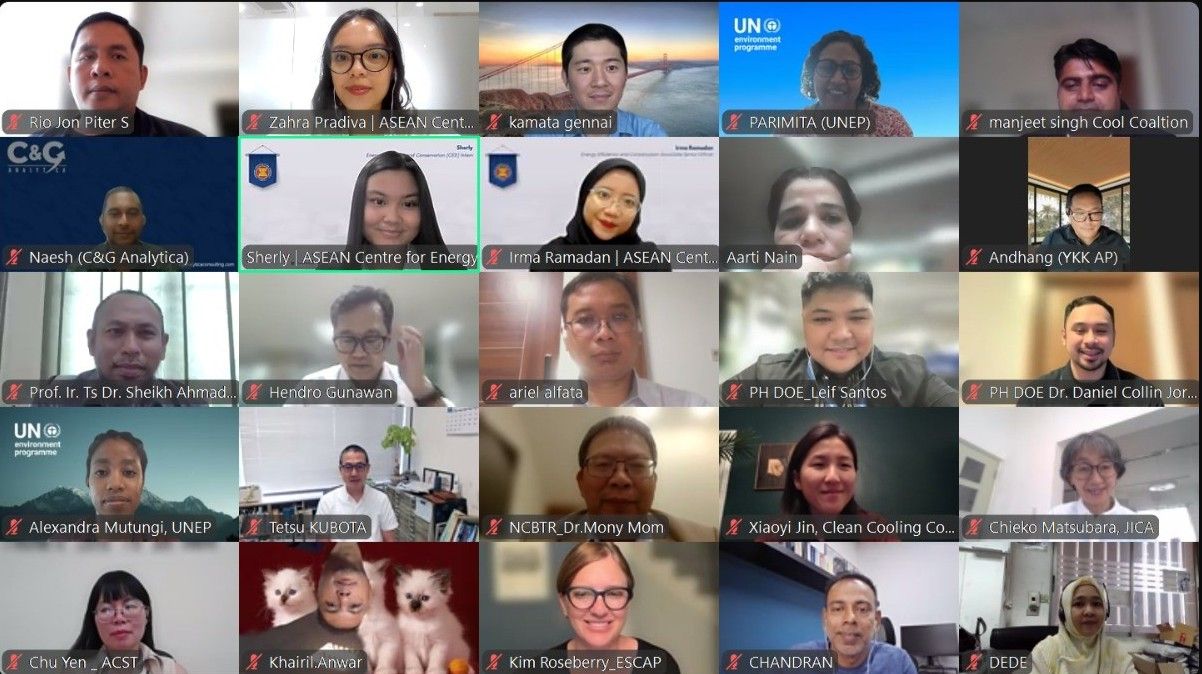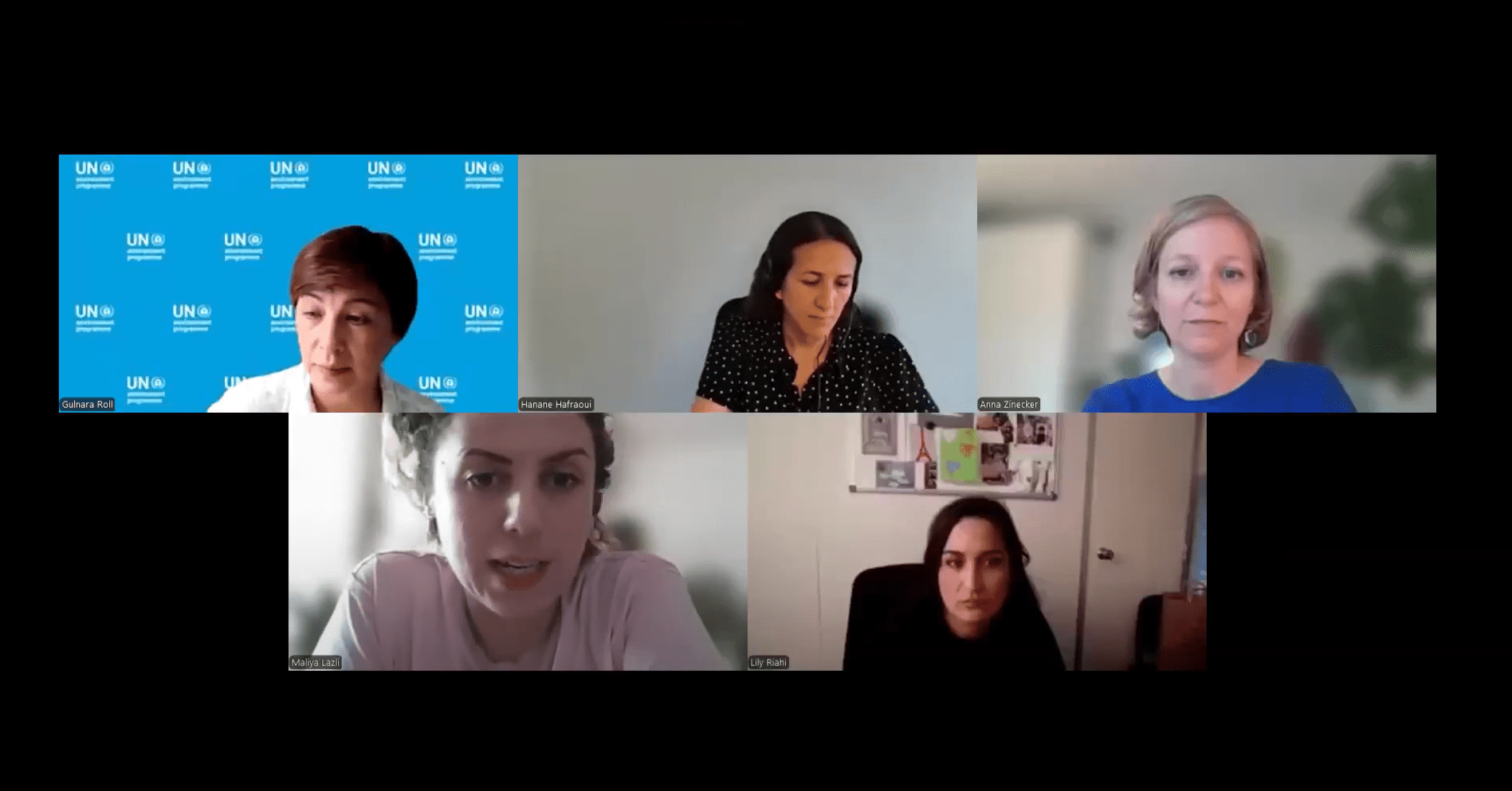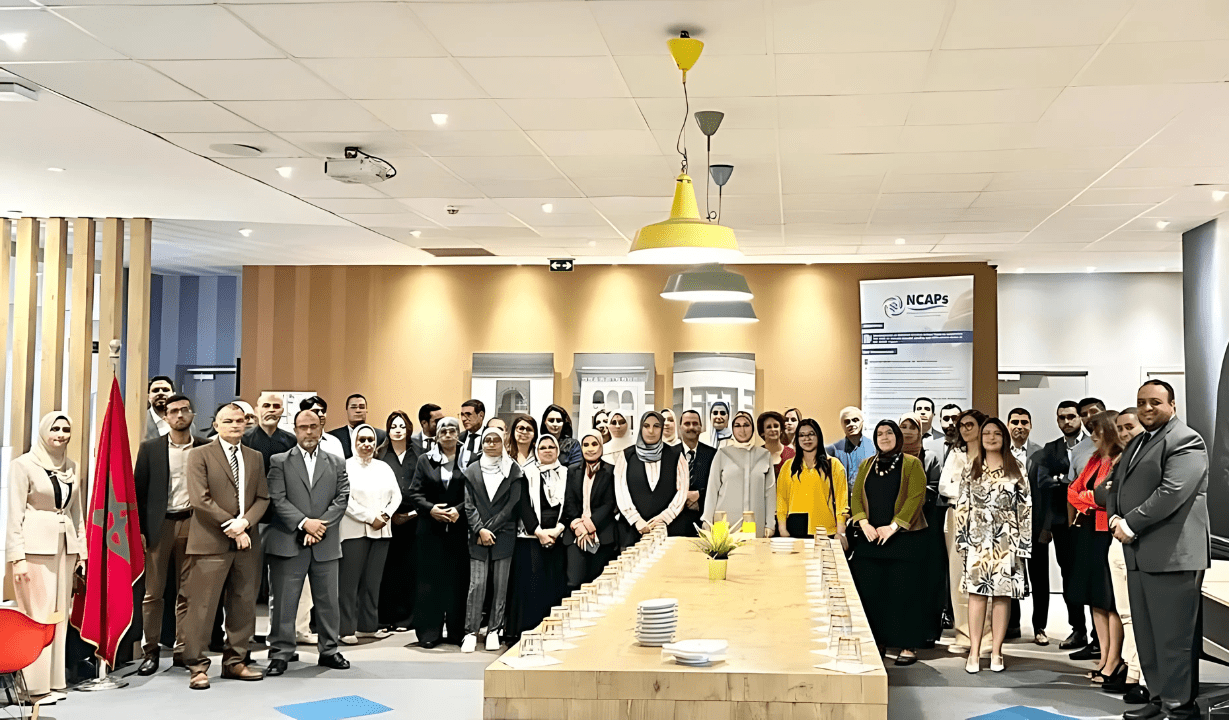There is a greener and safer route out of the energy crisis.” Foreword by Astrid Mozes, President, Regions, Danfoss
In Europe, decision makers are still struggling to close the gap between energy supply and demand left by the cut off from Russian gas. Countries are taking reactive emergency measures, such as firing up old coal-fired power stations, as well as signing new nuclear and liquefied natural gas (LNG) leases.
Sadly, decision makers overlook that there is a readily available, greener, cheaper and safer alternative, namely, smarter use of the energy we already have. One way to do that is by using the vast amounts of energy that are currently wastedacross sectors.
Wasted energy often comes in the form of excess heat and is a byproduct of most industrial and commercial processes; factories, data centers, wastewater facilities and supermarkets all produce vast amounts of excess heat. In the European Union (EU) alone, excess heat amounts to 2,860 TWh/y, almost corresponding to the EU’s total energy demand for heat and hot water in residential and service sector buildings. Much of this excess heat could instead be captured and used.
We already have the solutions available today – what we need now is the political will to make it happen. The greenest, cheapest, and safest energy is the energy we don’t use.
Reusing excess heat will lower costs for consumers. It is much cheaper to reuse energy than it is to buy or produce it. On a societal level, excess heat can replace significant amounts of electricity or gas that are otherwise needed to produce heat. This way, excess heat can help stabilize the future electricity grid.
Ramping up the use of excess heat will lower overall energy demand, give a productivity boost to the economy, and ease the transition to a green energy system.



